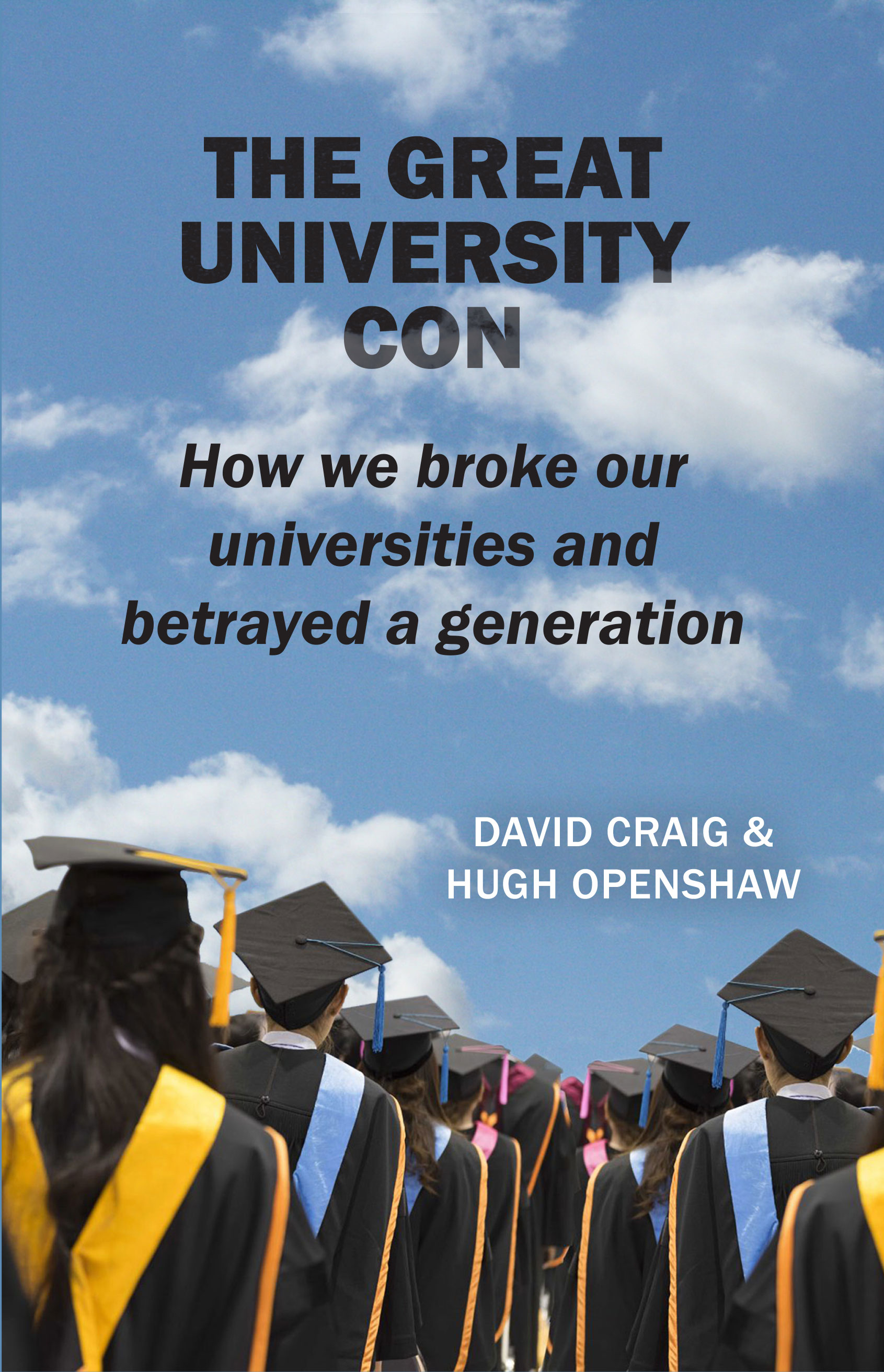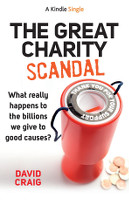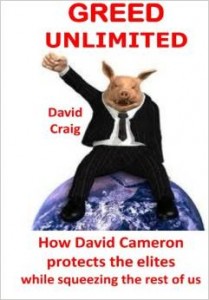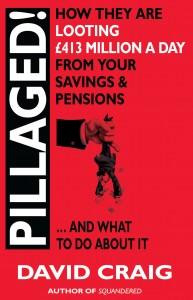Thursday/ Friday blog
Two parts to this blog.
Part 1: Donkeys seem to be lucrative for some people
If you watch daytime TV, you’ve probably seen loads of ads asking for your money to save mistreated donkeys. Typically the ad will be in three parts:
- we’ll be shown a donkey suffering awful mistreatment
- we’ll then get a scene in which a vet gives treatment to an ill donkey
- there will be a scene of a few donkeys happily running around a green field
You might get the impression that the charity asking for your cash is fairly small employing a few dedicated staff who care about donkeys’ welfare. So let me give you a few figures which might surprise you.
The Donkey Sanctuary
This seems to be the main donkey charity. The charity’s aims are:
TO PROVIDE RESCUE HOMES AND TREATMENT FOR DONKEYS, MULES AND OTHER SUCH ANIMALS, AND TO PREVENT CRUELTY TO SUCH ANIMALS THROUGH PROMOTING HUMANE BEHAVIOUR TOWARDS THEM. ENHANCING PEOPLE’S LIVES THROUGH WORKING WITH DONKEYS AND MULES AND BRINGING ENJOYMENT INTO THE LIVES OF CHILDREN AND ADULTS WITH ADDITIONAL NEEDS.
The word ‘sanctuary’ might make it look like this is a modest affair caring for a few mistreated donkeys and mules and suchlike. Actually, the Donkey Sanctuary raked in �63,368,000 in the financial year ending December 2021. That’s a lot of money. So clearly there are a lot of very lucky donkeys in the world. And the Donkey Sanctuary could afford to pay one employee, presumably its head honcho, between �150,000 and �160,000 (charities are not required to give the actual salary, just a range). Nice work if you can get it.
The Brooke Hospital for Animals
If you decided to help horses and donkeys and mules but didn’t want to give to the massive �63,368,000 Donkey Sanctuary, you could always donate to the Brooke Hospital for Animals. Their description on the Charity Commission’s website is:
Since it was founded in 1934, the Brooke has helped to relieve the suffering of millions of working horses, donkeys and mules and improved the livelihoods of the countless people who depend upon them. The Brooke provides veterinary services in some of the world’s poorest communities, treating animals and training animal-owners in countries including Egypt, Ethiopia, India, Kenya and Pakistan.
In the last full financial year, The Brooke Hospital for Animals managed to raise �21,695,210 and its highest-paid employee pocketed between �120,000 and �130,000.� I’ll leave you to judge whether that amount is well-deserved or perhaps a little generous.
SPANA (Society for Protection of Animals Abroad)
Another worthy recipient of your money might be SPANA. They describe themselves as follows:
To prevent unnecessary suffering to animals and neglect of their bodily needs by all lawful means and, in particular, by: 1. Providing treatment in hospitals and otherwise for sick and injured animals 2. Encouraging and promoting education in the humane treatment of animals any relevant environmental issues 3. Assisting in the enforcement of such laws as may from time to time be applicable.
But when you look at their website, all the photos are of donkeys or mules although I believe they also deal with working animals like camels and elephants. They pulled in �9,222,804 last year and paid their highest-paid employee between �100,000 and �110,000
�94 million a year for donkeys and mules
So, it seems that we Brits donated just over �94,000,000 last year to just three charities mainly to help donkeys, horses and mules around the world. And we’ve probably been donating a similar amount for years. Plus there are plenty of smaller charities doing the same things as these three. So, over the last 10 to 12 years, we in Britain have probably given more than �1bn. I imagine there are similar charities in the USA, Germany and other countries. With the more than �1bn we’ve handed over to these charities over the last decade or so, it’s difficult to imagine that there can still be any donkeys or mules which aren’t living lives of luxury at our expense.
Part 2: The Indoctrinators
And while we’re on the subject of donkeys, I just wanted to alert you to a wonderful series of four articles being run by Conservative Woman called The Indoctrinators.
The first one features George Soros and is here:
The second one is about Klaus Schwab and his family and is here:
I believe the next one will be about Bill Gates and the final one about our national treasure – David Attenborough.
As for the donkeys – I guess that’s us!














Anyone giving money to any of these animal charities is, I am sorry to say, indeed a donkey. A family member, a cat devotee, donated a significant amount monthly by direct debit
from her small pension to a well-known animal charity which I will refrain from naming, but which is rather too well known at times for the irrationality of its bullying tactics towards some animal owners as well as, of course, for its generous remuneration packages to its CEO and other admin staff. My policy is never, ever give to any organization which can afford to mass mail householders, begging for regular donations, often with rubbishy “free gifts” or “greetings cards” which go straight into the recycling bin, or to any charity which can afford to pay chuggers to disturb my evening peace and quiet by banging on my door and begging, or to accost me as I walk down the High Street. Make charitable donations only to individual “private” organizations where you can see the results of your and others’ charity, such as a specific educational establishment or hospice for example, or to a local charity where, again, you can see where the money goes. The Conservative Woman (TCW) is not just for the ladies! Excellent articles every day, straight to your email inbox once you’ve “subscribed”. No fee involved!
The indoctrinators seem to be creating a human sanctuary for the useless eaters, but who is going to donate to look after us?
Stillreading: “Anyone giving money to any of these animal charities is, I am sorry to say, indeed a donkey.”
A sweeping statement that is BS.
Every registered charity has to provide its accounts annually consisting of the financial statements – balance sheet and profit and loss statement. You can view them online in order to make up your mind whether or not to make donations to them.
I have examined the accounts of several well-known and not well-known animal charities that I am happy to keep donating to.
No offence intended Marc Ager. Each to his own, provided the donor is sufficiently aware. I just think of that old lady I knew who was going without food and living in a cold house so she could donate regularly to a certain well-known animal charity, assuming that every penny she gave was going to the support of stray cats. I know accounts are available for those sufficiently interested to obtain and scrutinize them, but the majority of donors are not. How much of what we spend on “charity” greetings cards goes to the charity in whose name they are sold? A few pence in the � I believe. David’s “The Great Charity Scandal” is worth reading on the subject.
No offence taken, mate.I just wanted to point out that there is a way to verify if a charity is genuine. That should always be done if the intention is to make large regular donations.
The balance sheet and profit and loss statement tell you how much cash they have on hand, how many staff they employ, how much they spend on wages and the CEO and directors salaries and all other expenses. If you see the picture that the figures paint is reasonable for whatever charity you are investigating then donate.